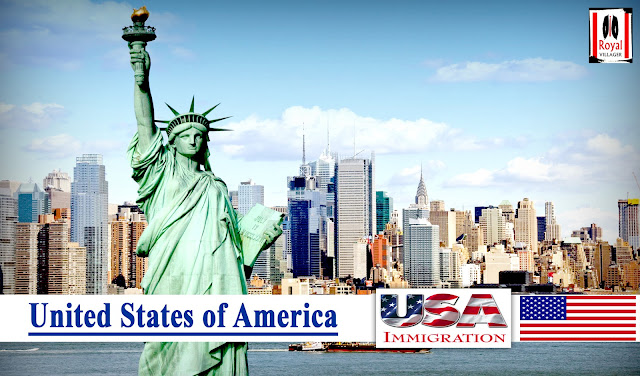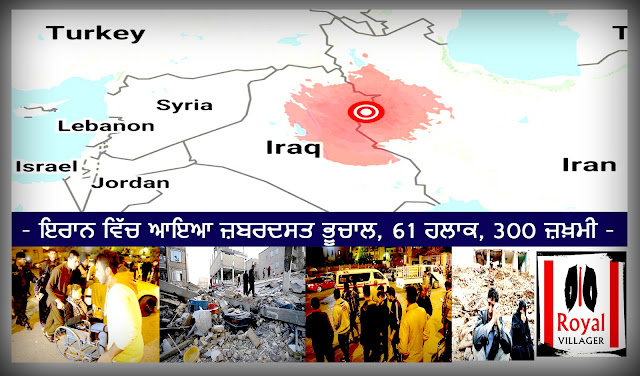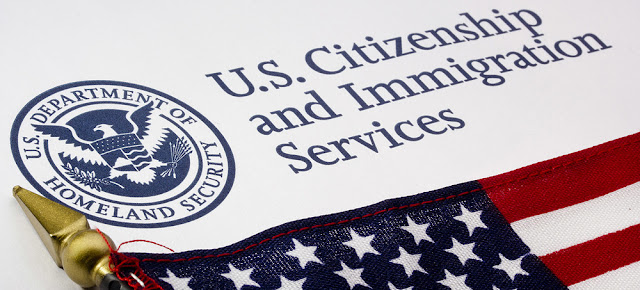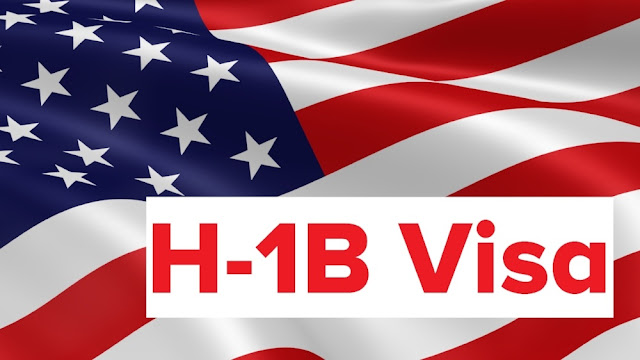HISTORY OF DIWALI
Diwali or Deepavali is the Hindu festival of lights celebrated every
year in autumn in the northern hemisphere (spring in southern
hemisphere). It is an official holiday in Fiji, Guyana, India, Malaysia, Mauritius, Myanmar, Nepal, Singapore, Sri Lanka, Suriname, Trinidad
and Tobago, and recently Sindh Province in Pakistan. One of the most popular
festivals of Hinduism, it spiritually signifies the victory of light over
darkness, good over evil, knowledge over ignorance, and hope over
despair. Its celebration includes millions of lights shining on
housetops, outside doors and windows, around temples and other buildings in the
communities and countries where it is observed. The festival preparations
and rituals typically extend over a five-day period, but the main festival
night of Diwali coincides with the dark night of the Hindu Lunisolar month
Kartika in Bikram Sambat calendar (the month of Aippasi in Tamil Calendar), on
the 15th of the month. In the Gregorian calendar, Diwali night falls between mid-October
and mid-November.
Before Diwali night, people clean, renovate, and decorate their homes
and offices. On Diwali night, people dress up in new clothes or their best
outfits, light up diyas (lamps and candles) inside and outside their home,
participate in family puja (prayers) typically to Lakshmi – the goddess of
fertility and prosperity. After puja, fireworks follow,then a family feast
including mithai (sweets), and an exchange of gifts between family members and
close friends. Deepavali also marks a major shopping period in nations where it
is celebrated.
The name of festive days as well as the rituals of Diwali varies
significantly among Hindus, based on the region of India. In many parts of
India, the festivities start with Dhanteras (in Northern and Western part
of India), followed by Naraka Chaturdasi on second day, Deepavali on the third
day, Diwali Padva dedicated to wife–husband relationship on the fourth day, and
festivities end with Bhai Dooj dedicated to sister–brother bond on the fifth
day. Dhanteras usually falls eighteen days after Dussehra.
On the same night that Hindus celebrate Diwali, Jains celebrate a
festival also called Diwali to mark the attainment of moksha by Mahavira, Sikhs
celebrate Bandi Chhor Divas to mark the release of Guru Hargobind from a Mughal
Empire prison, and Newar Buddhists, unlike the majority of Buddhists,
celebrate Diwali by worshipping Lakshmi.











Comments
Post a Comment
Thanks for your Response...!